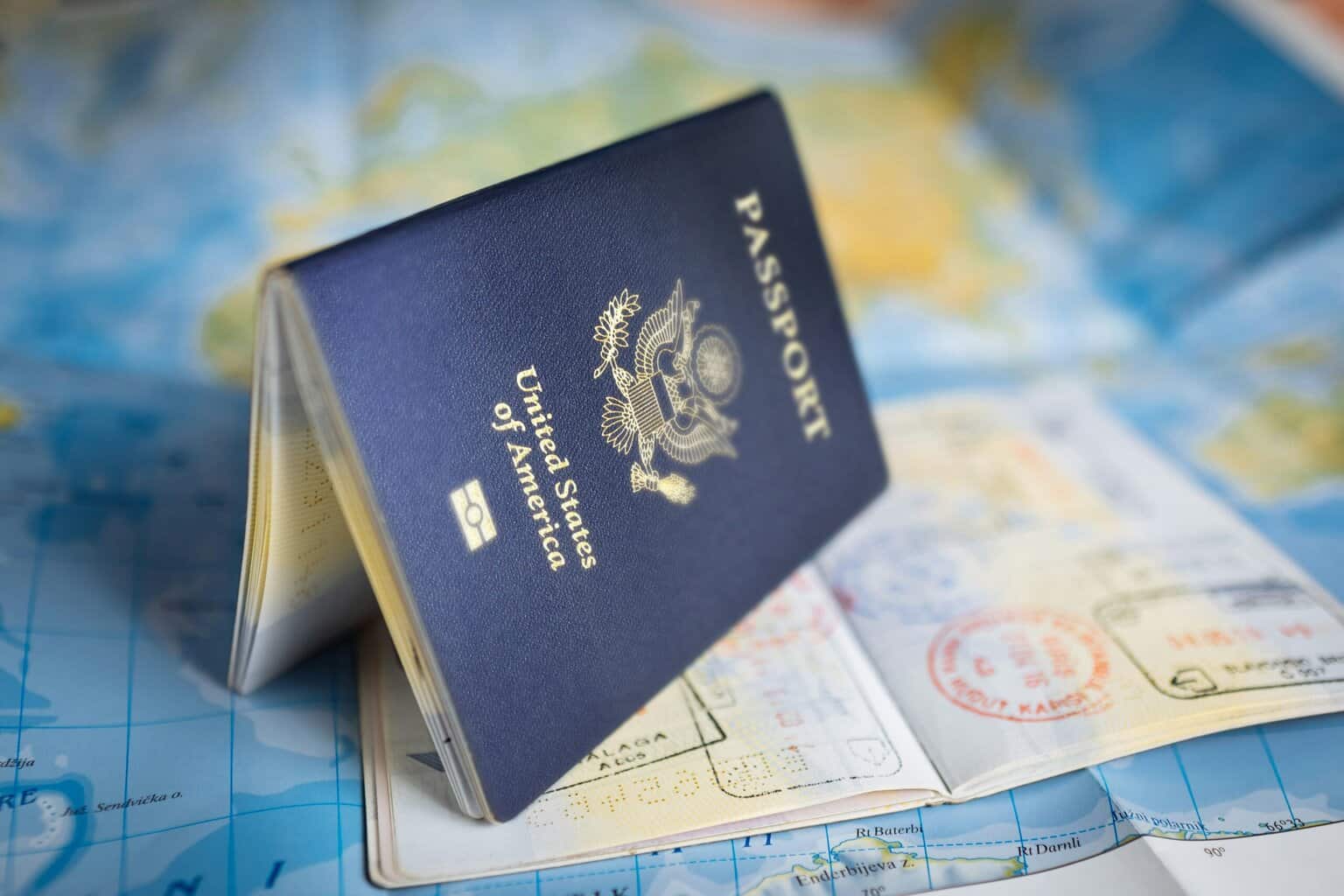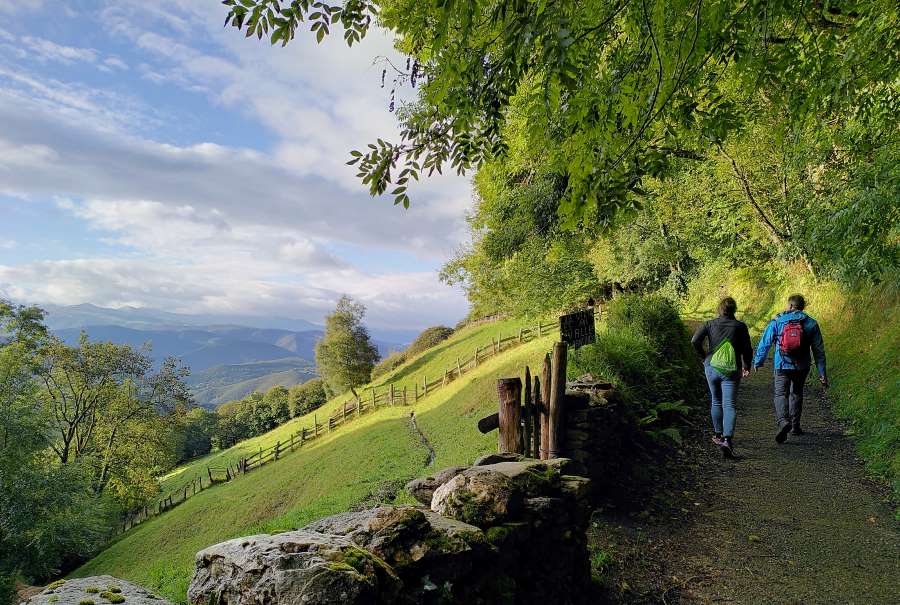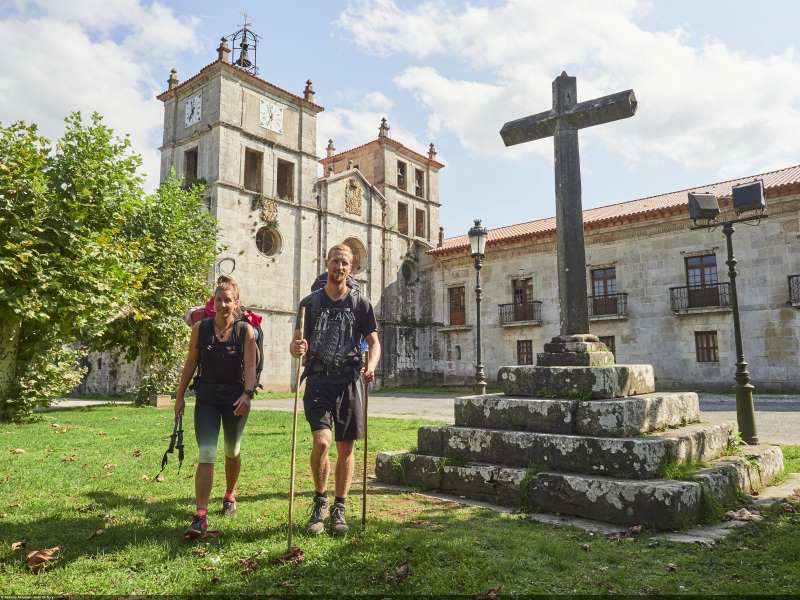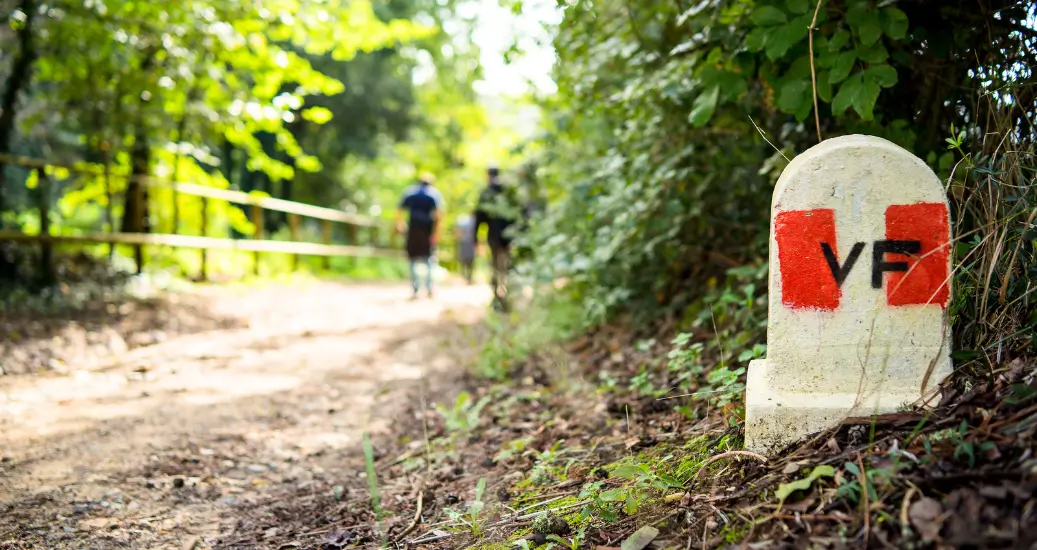If you’re planning to walk the Camino de Santiago or theVia Francigena, you must understand the visa rules that govern your stay. The “90 days within 180 days” rule is the core regulation for tourists in the Schengen Area. It’s essential to know exactly what it means to avoid overstaying and legal issues.
The Schengen Area comprises 27 countries with open internal borders, but your stay as a tourist is limited. Here’s what you need to know:
-
You can stay up to 90 days in total within any rolling 180-day period.
-
This limit applies to all Schengen countries combined, not per country.
-
Exceeding the 90 days within 180 days results in legal penalties such as fines, deportation, or bans on re-entry.
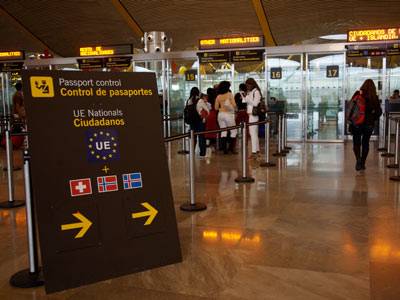
What Does “Rolling 180 Days” Mean?
Understanding the timeframe is key. The “rolling 180 days” means that at any point you enter or stay in the Schengen Area, authorities check how many days you have been inside during the previous 180 days. This system prevents overstaying by looking at your travel history dynamically, not on fixed calendar dates.
In practice:
-
You count all the days spent inside the Schengen countries over the last 180 days from the date of your entry.
-
If the total exceeds 90 days, you are not allowed to enter or stay without the proper visa.
-
This calculation moves every day you enter or plan to stay in Schengen, so you must track your days carefully.
What Do You Need for Your Walking Holiday in Schengen?
Before setting off on your trek—whether the Camino de Santiago or any other trail across Schengen countries—you need to be fully prepared with the correct documentation and plans. Here are the essentials:
-
Valid Passport: Your passport must be valid for at least three months beyond your planned exit date from Schengen. Without this, border control can refuse entry.
-
Visa (if applicable): Some nationalities require a Schengen visa before traveling. Check the official embassy or consulate sites for accurate information.
-
Proof of Exit: Have your onward travel tickets or plans ready; they may be requested at the border.
-
Travel Insurance: Highly recommended and sometimes mandatory for entry.
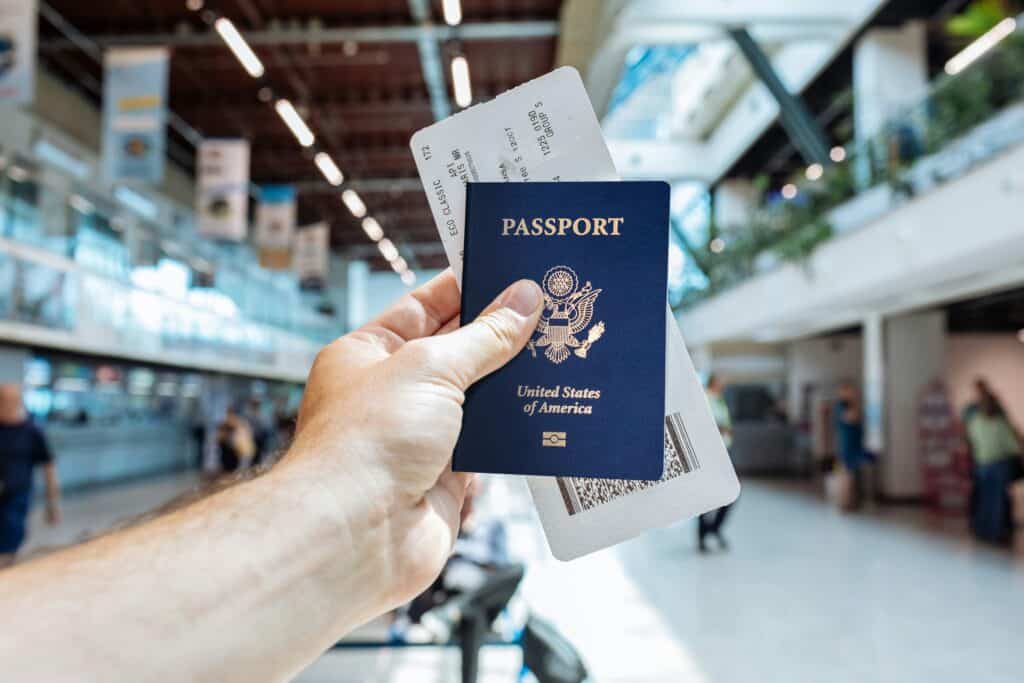
Who Is Responsible for Your Visa and Passport Validity?
This is crucial: managing your visa application and ensuring your travel documents are valid is your responsibility. We provide walking holiday experiences, including organized routes on the Camino de Santiago, but we do not handle visa applications or guarantee entry clearance.
Be proactive:
-
Research your visa requirements well before booking or traveling.
-
Ensure your passport meets the validity requirements.
-
Understand that failure to comply may lead to denied entry, fines, or deportation.
How Does the 90/180 Day Rule Affect Your Camino?
Planning a long-distance walking trip like the Camino de Santiago means accounting for your days inside Schengen carefully. Since all days spent in any Schengen country count toward your 90-day total, here’s what to consider:
-
If your trip will last longer than 90 days, you must plan to either exit the Schengen Area for a sufficient period to reset your 90-day allowance or obtain a long-stay visa.
-
Exiting to non-Schengen countries such as the UK, Morocco, or Turkey can help “reset” your days.
-
Without careful planning, you risk overstaying and facing legal consequences.
What Is the Bottom Line for Your Camino?
Your journey on the Camino de Santiago is a life-changing adventure — don’t let visa misunderstandings derail it. Remember these key points before you travel:
-
You can stay a maximum of 90 days in any 180-day rolling period across all Schengen countries.
-
Always travel with a valid passport and visa if required.
-
We are not responsible for visa applications or document validity.
-
Plan your walking holiday carefully to stay within legal limits and enjoy your adventure fully.
Disclaimer: Visa rules and entry requirements can change and may vary depending on your nationality and personal circumstances. Always check the latest official information from the embassy or consulate of the Schengen country you plan to visit before traveling. This blog post is for general guidance only and does not replace legal advice or official government sources.

